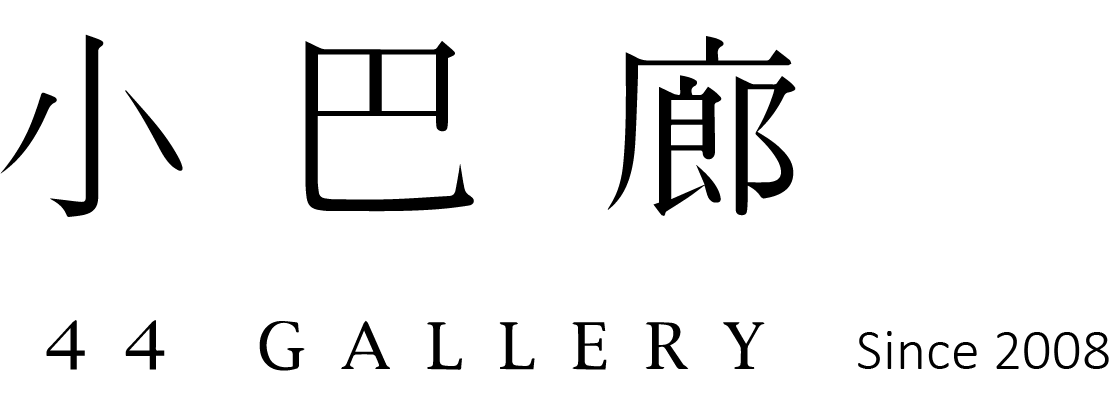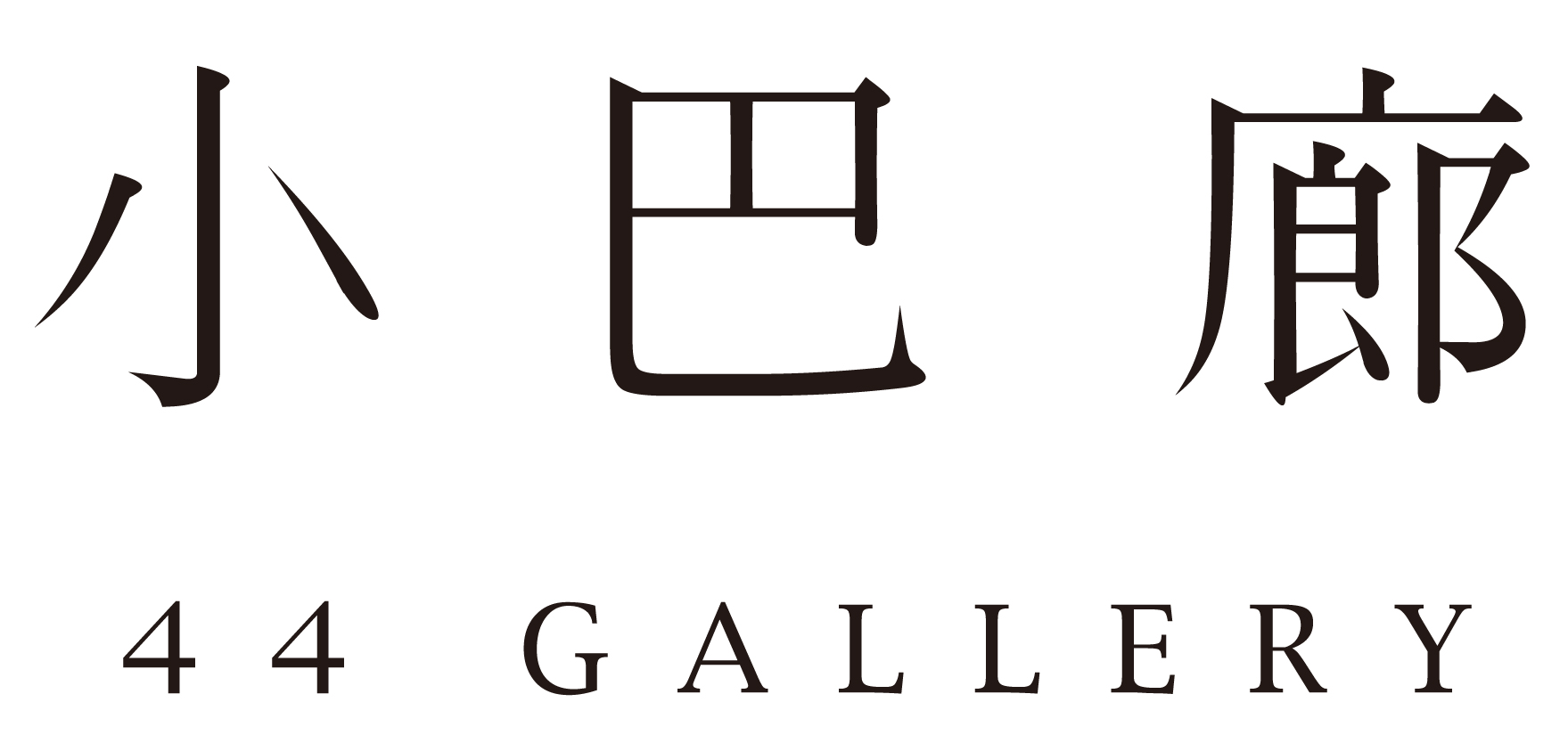『 當我們前進之時 , 盛裝煥發 MAKE IT UP AS WE GO ALONG 』
小巴廊 X 蘇修賢 合作展
2014.6.7 - 7.19
處於20世紀的藝術大師,畢卡索.布朗庫西.馬諦斯等..受到部落藝術的啟發,在作品中轉化為另一種的可能…
處於2014年的當代藝術家蘇修賢又會從部落藝術中,啟發出什麼樣的創作面向 …
蘇修賢
生於台灣台北,在國立台灣藝術大學學習藝術,並於東海大學取得藝術碩士學位。蘇修賢專長於攝影、裝置藝術以及繪畫,因此作品探討的層面廣泛。他將繪畫創作擴大為一種藝術家特殊的行動,來表達對人類生活許多層面的感悟。
他創作特別之處,在於繪畫的跨域實踐,與不同對象物間相互觀照, 產生了更寬廣閱讀的可能性。
2008年<夢樂園>系列繪畫,使用旅行的相本為描繪對象,表達了繪畫成為一種觸碰影像而留下痕跡的事件感,暗示了畫布邊際外藝術家對於生命視覺慾望的探索。
2011年底在台北貴陽街即將都更的民宅裡的<粉橘色計畫>,嘗試將繪畫延伸至建築空間,一個被棄置的宅邸,現場因生活而遺留的各樣物件,因為粉橘色的介入彷彿甦醒一般,呈現了一種心理的世界,邀請觀眾重返記憶中的家園。 這個計劃為探討全球都市更新計畫中,人與環境情感的變異。同年也受邀至忠泰建築文化藝術基金會,作為城中藝術街區都市更新前的最後一檔展覽,引起廣泛的討論。
2014年與小巴廊部落藝術的合作展 < 當我們前進之時,盛裝煥發 make it up as we go along > 是一個新的藝術形式對話。
其靈感來自於部落中,藝術被使用的方式。原始部落藝術體現的是部落民族對於大自然的敬畏,也是他們生活與宗教世界觀的反映。
非洲的圖騰、面具、雕塑建構了一套信仰系統,其出發點是為了解決人生的問題,他們的藝術應用於生活,如同儀式中使用的面具,或生活裡器具所使用的圖騰,這些運用不僅僅是物質的裝飾,更是期許經由盛裝打扮並獲得象徵著勇氣與希望的力量。
因而在部落藝術中,鳥、狗、鱷魚等..各種動物形象、植物圖騰都被賦予了神聖的力量與象徵,這種圖騰成為精神寄託的形式,也帶給蘇修賢無限的靈感,在本次展覽中使用“動物精神”為創作一脈絡,創造了各種代表不同生命質量與狀態的動物角色,作品中僅使用了黑與白兩種顏色,代表著本質與純粹,一種更接近精神與靈性的表達。
對藝術家而言每一個動物角色的創造,來自於對生命的一份期待與願望的表達,同時也象徵著不同個體精神的延伸與面貌。
小巴廊
創立於2007年的小巴廊,致力推廣部落藝術和尋找與藝術對話的可能性。
小巴廊藉由不同主題的部落藝術展,來多面向的呈現這個藝術領域。
部落藝術( Tribal Art) 在亞洲是非常少見的領域,但在歐美國家卻已經成形有百年以上的歷史。
受到先前於北美館展出的《帕克特 x 藝術家─220件合作計畫》所啟發,期待透過藝術家合作的可能性,產生更多面向的藝術角度。
這次與藝術家蘇修賢的合作就是希望透過他貫於探討生命經驗的表現議題, 藉由部落精神牽動出不同的創作思考面向。
如同這次的展題 - 當我們前進之時 , 盛裝煥發 / MAKE IT UP AS WE GO ALONG 。
透過不同的型式的嘗試與努力 , 期盼對於人生有多的互映。
Collaboration with Contemporary artists / When Tribal art meets Contemporary art
In the 20th century, master artists such as Picasso, Brâncuși, and Matisse were inspired by tribal art, transforming it into new artistic possibilities within their works. Now, in 2014, how will contemporary artist Hsu Hsiu-Hsien draw inspiration from tribal art and explore new creative dimensions?
Born in Taipei, Taiwan, Hsu Hsiu-Hsien studied art at the National Taiwan University of Arts and later earned his Master of Fine Arts degree from Tunghai University. His expertise spans photography, installation art, and painting, allowing him to explore a broad range of artistic themes. He expands painting beyond a traditional medium, turning it into an artistic action that expresses his insights into human life. What makes his work unique is his cross-disciplinary approach to painting, creating dialogues between different subjects and expanding the possibilities of interpretation.
In 2008, his Dreamland painting series used travel albums as its subject, portraying painting as an event that touches images and leaves traces. This concept hints at an artist’s exploration of visual desires beyond the canvas. In late 2011, his Peach-Orange Project took place in a soon-to-be-redeveloped residence on Guiyang Street in Taipei. This project extended painting into architectural space. A once-abandoned house, filled with objects left behind by past lives, seemed to awaken through the intervention of peach-orange hues. This transformation created a psychological landscape, inviting viewers to reconnect with memories of home. The project examined the emotional shifts between people and their environment amidst urban redevelopment worldwide. That same year, Hsu was invited by the Jut Foundation for Arts and Architecture to present the final exhibition before the redevelopment of an artistic district in central Taipei, sparking widespread discussion.
In 2014, Hsu collaborated with Xiao Bar Lang on the tribal art exhibition Make It Up As We Go Along. This exhibition initiated a new artistic dialogue inspired by the way tribal communities integrate art into their daily lives. Traditional tribal art reflects indigenous peoples’ reverence for nature and serves as an expression of their spiritual and cultural beliefs. In African art, totems, masks, and sculptures construct a belief system designed to address life’s challenges. These artistic expressions are not merely decorative but are embedded in rituals and daily life—whether in ceremonial masks or symbolic totems on household items. Through these artistic practices, people seek strength, courage, and hope.
In tribal art, animal figures such as birds, dogs, and crocodiles, as well as plant-based totems, are imbued with sacred meanings and symbolism. These totems serve as spiritual anchors, providing endless inspiration for Hsu. In this exhibition, he follows the theme of Animal Spirits, creating various animal figures that represent different qualities and states of existence. His works use only black and white, emphasizing essence and purity—an expression closer to spirituality and the soul. For Hsu, each animal figure embodies a hope or wish for life, symbolizing the extension and manifestation of different individual spirits.
Xiao Bar Lang, founded in 2007, is dedicated to promoting tribal art and exploring its dialogue with contemporary artistic practices. Through themed tribal art exhibitions, Xiao Bar Lang presents diverse perspectives on this artistic field. While tribal art remains a rare genre in Asia, it has been established in Western countries for over a century. Inspired by the Pact x Artists: 220 Collaborations exhibition previously held at the Taipei Fine Arts Museum, Xiao Bar Lang seeks to expand the artistic discourse through collaborative projects with contemporary artists.
This collaboration with Hsu Hsiu-Hsien aims to explore different perspectives on creative expression through the lens of tribal spirituality. Just as the exhibition title Make It Up As We Go Along suggests, this project embraces experimentation and effort, hoping to create meaningful reflections on life through art.
Collaboration with Contemporary Artists / When Tribal Art Meets Contemporary Art
藝術家 蘇修賢
︎ PROFILE / ARTWORKS





